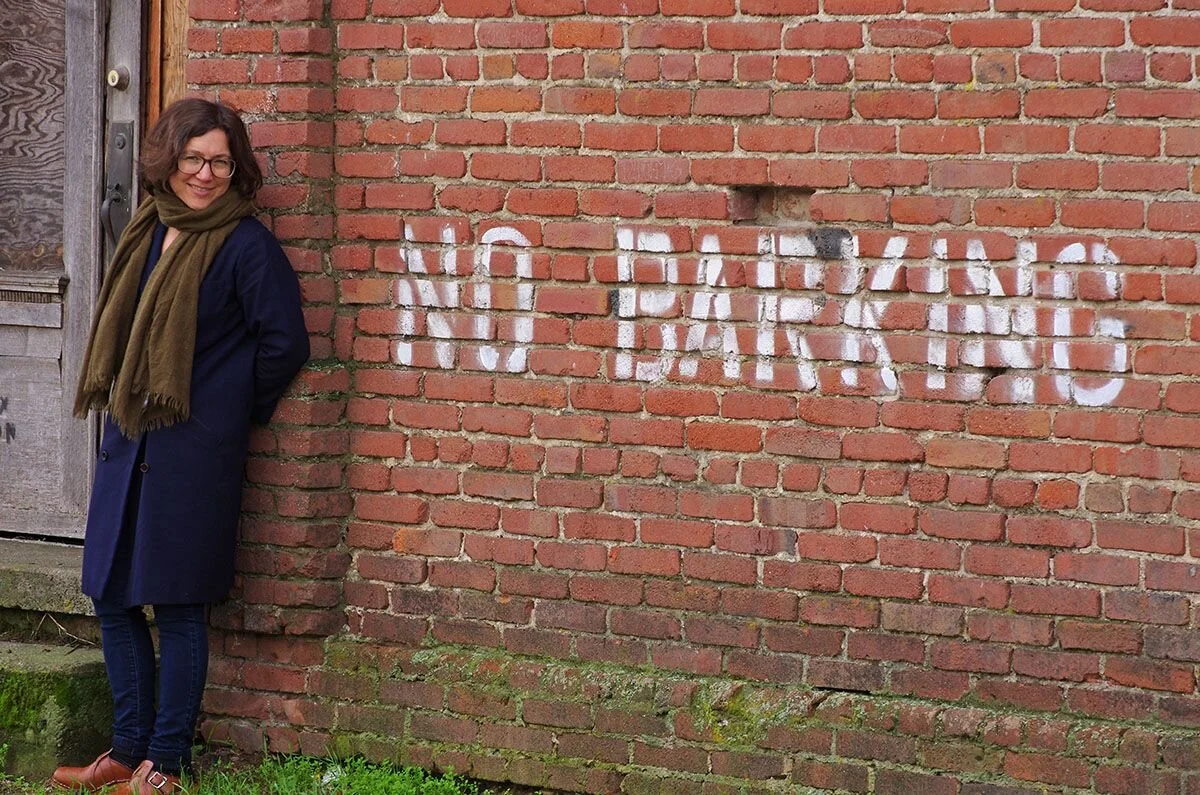Six values in community psychology
People often ask me to explain community psychology (CP). It is a newer field — formally conceived in the mid-1960’s — and many people have never heard of it or met a community psychologist. There are plenty of academic articles that describe (and debate) the work and values of CP in great detail, but here is my elevator pitch-sized description.
Transparency: This is a critical component to CP. Practitioners communicate motives throughout all stages of their work. This is very distinct from research practices that might conceal intent in the name of science. Important information to share includes - Why am I here? What will I do? How will I personally benefit? How will my this work be shared and used?
Ecological approach: People live in complex webs of social, political and other systems. These all contribute to our well-being and CP considers the impacts of systems on communities and the individuals within them. For instance, not having access to good housing is a real impact on a community — and should be considered as a contributing factor to psychological health and well-being.
Collaboration: Partners, accomplices, allies, accompaniers — these could be descriptions of the community psychologist’s approach. This means that the practitioner seeks permission to do work. Research questions are informed and, typically, shaped by the community. (A community psychologist is not “serving” a community; this does not acknowledge the mutuality of the work - for, indeed, the community psychologist is being enriched by the community.)
Social justice: If you acknowledge that people are impacted by forces beyond their individual control and you are acting as an ally, then you must address social justice. (Dr. Mary Watkins describes this very well in her writing about psycho-social accompaniment.) This is something that psychology as a whole is embracing more, and it is a core component of CP.
Empirical grounding: CP shares many similarities with community development, but it is typically informed by research and evaluation. The research is often participatory and action-oriented. It can be a lot different than traditional academic research. Evaluations are designed to be generative and there is even an “empowerment” model that trains an organization to conduct its own evaluations. (so the community can be stronger and not dependent on outside resources).
Action orientation: While research is valued, CP is oriented around action and transformation. This is distinct from a symptomatic, top-down approach to psychology. It’s common for a community psychologist to develop tools, events, trainings, and other deliverables as part of their work.
This is not an exhaustive or fully inclusive list, however these six points capture some of the spirit of community psychology—and the aspects of the field that are most meaningful to me. Check out the Society for Community Research and Action for more detail and insight into the diverse ways that community psychology is practiced.
